Marine & Freshwater Environmental Education
Follow BCS on Twitter
My TweetsWant updates on BCS posts?
Scroll through the BCS archives …
Learn more on …
Random posts from BCS …
July is Plastic Free Month: A dozen quick & easy ways to ditch the single use
Every year I get so frustrated with myself for not making the commitment to the challenge for Plastic Free July. This year is different since I have no tests or classes (I write this as I sit in a training for AP Environmental Science!). My craziness is going to be lots of travel and that […]
Maryland moves closer to banning microbeads
Reported on the Baltimore Sun’s B’More Green blog, “Consumer products such as toothpaste and cosmetic scrubs containing tiny plastic “microbeads” could be banned from store shelves in Maryland after 2018 under a bill unanimously approved Thursday by the state Senate”. These means that if the bill passes the House, “Maryland will be the second state […]
May 22 is National Maritime Day
In observance of the anniversary of the first transatlantic voyage on May 22, 1933, Congress has set aside this day to recognize those in the maritime industry. The North American Marine Environmental Protection Agency (NAMEPA) and the North American Maritime Ministry Association (NAMMA) are teaming up for their fourth National Maritime Day celebration next week […]
What are the world’s largest oceans and seas?
Great question! Here is a quick break down of the world’s largest oceans and seas using the size information found in the descriptions from The World’s Biggest Oceans & Seas by Our Amazing Planet. If you have another question please don’t hesitate to find me on Twitter using @bcsanswers or just email info@beachchairscientist.com. Have a […]
What is a rising sea level and how does it effect us?
Ahh, you see the polar ice sheets and glaciers are melting, but the water still needs to go somewhere – the ocean. The water then rises transforming geography, manipulates the balance of salt in estuaries and creates higher flooding intensity. Basically, rising sea levels affects coastal areas the most drastically. But, don’t dismay! The EPA, […]
The world’s horseshoe crab research finally finds a home
This month the Ecological Research & Development Group (ERDG) released a one-stop-shop for research, conservation, and education initiatives on the world’s four species of horseshoe crabs. This was a result of the discussions from the 2011 International Workshop of the Science and Conservation of the Asian Horseshoe Crabs held in Hong Kong. Be sure to […]
How did the loggerhead sea turtle get its name?
The loggerhead sea turtle, Caretta caretta, was given the common name because it has such a massive head. On this massive head is an incredibly powerful jaw that aids the turtle in consuming any type of food it can get its mouth on. This can include corals, sponges, crabs, jellies, fish, other sea turtles, sea […]
It’s as easy as A, B, Sea: V for Veliger
Veliger is the stage of a mollusk’s life prior to it becoming an adult. This is after it goes through the trochophore larva stage. During the veliger stage a mollusk develops its swimming membrane. Image (c) pbs.org
My favorite posts from 2012
This isn’t the typical list of the most popular Beach Chair Scientist posts throughout the year. Those posts typically include questions typed into a search bar such as ‘Do sharks have bones?’ or ‘How much salt is in the ocean?’. Not surprisingly, my favorite posts aren’t focused on straight up interpretation, but rather have more […]
What they’re into … with Brittany Biber (Sea turtle trainer)
I am sure you know by now, but this is a series I have been featuring each Tuesday this summer to get a special sneak peek at the different personalities behind the scientists, activists, and educators (including bloggers) who play an integral role in the marine science conservation field. It’s essentially an extension of the […]
Flickr photos …
Top posts & pages from BCS …
- Hurricane vs. Cyclone vs. Typhoon
- A House for Hermit Crab
- How to handle a horseshoe crab
- Snot's your house
- Wednesday Wisdom: Various quotes (Alaska scenes)
- A naturalist's must-see destination: Fossil Hunting at Bayfront State Park in Chesapeake Beach, MD
- Belly biology creates lasting memories
- Five awful puns about courtship in the sea
- Horseshoe crabs confirmed as members of arachnid family
- Beyond the bag: Other plastics being banned
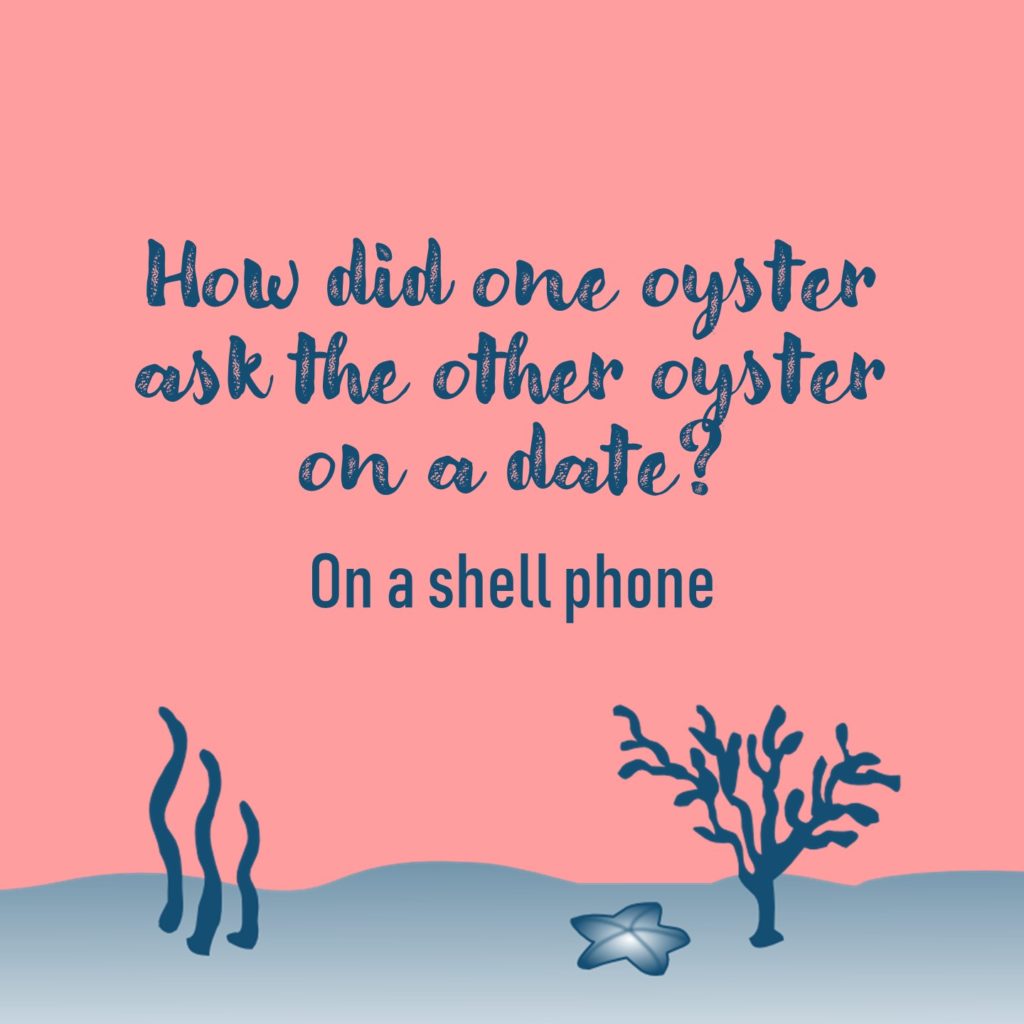
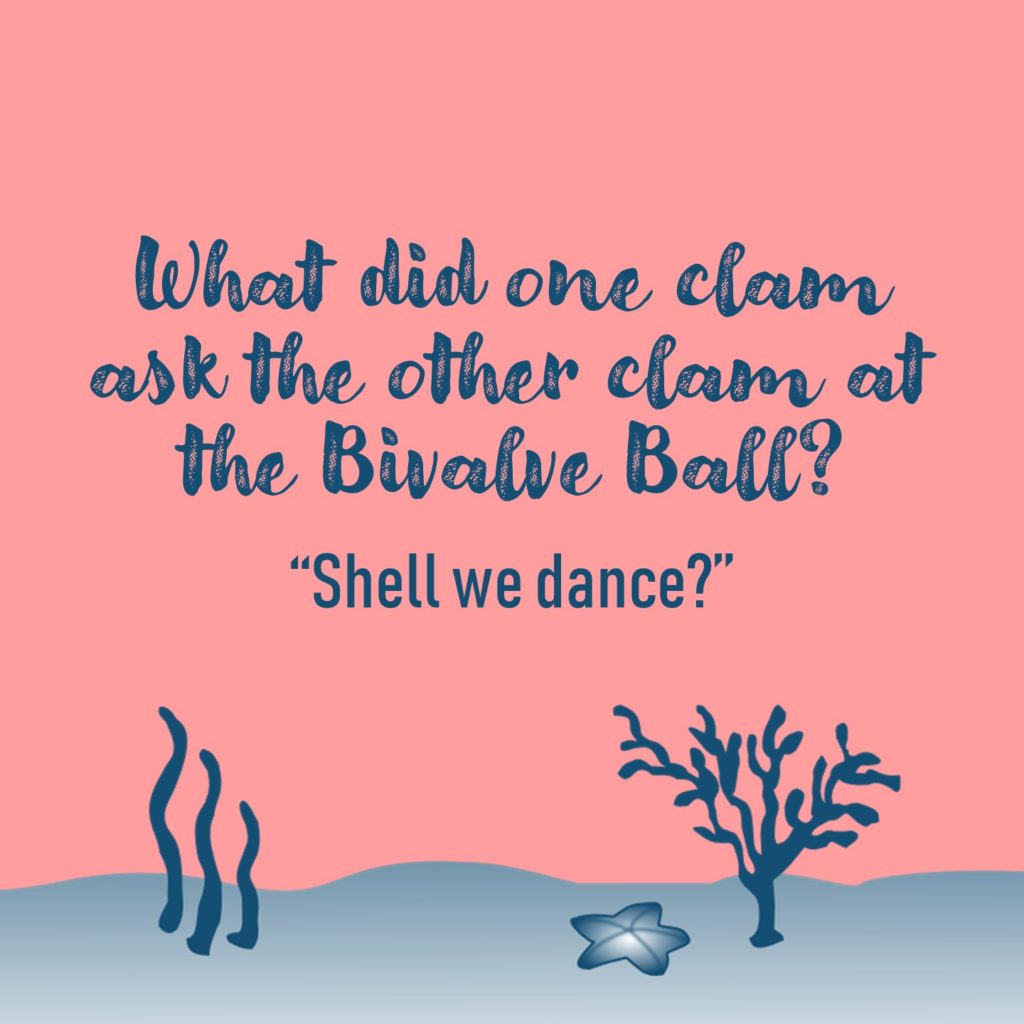
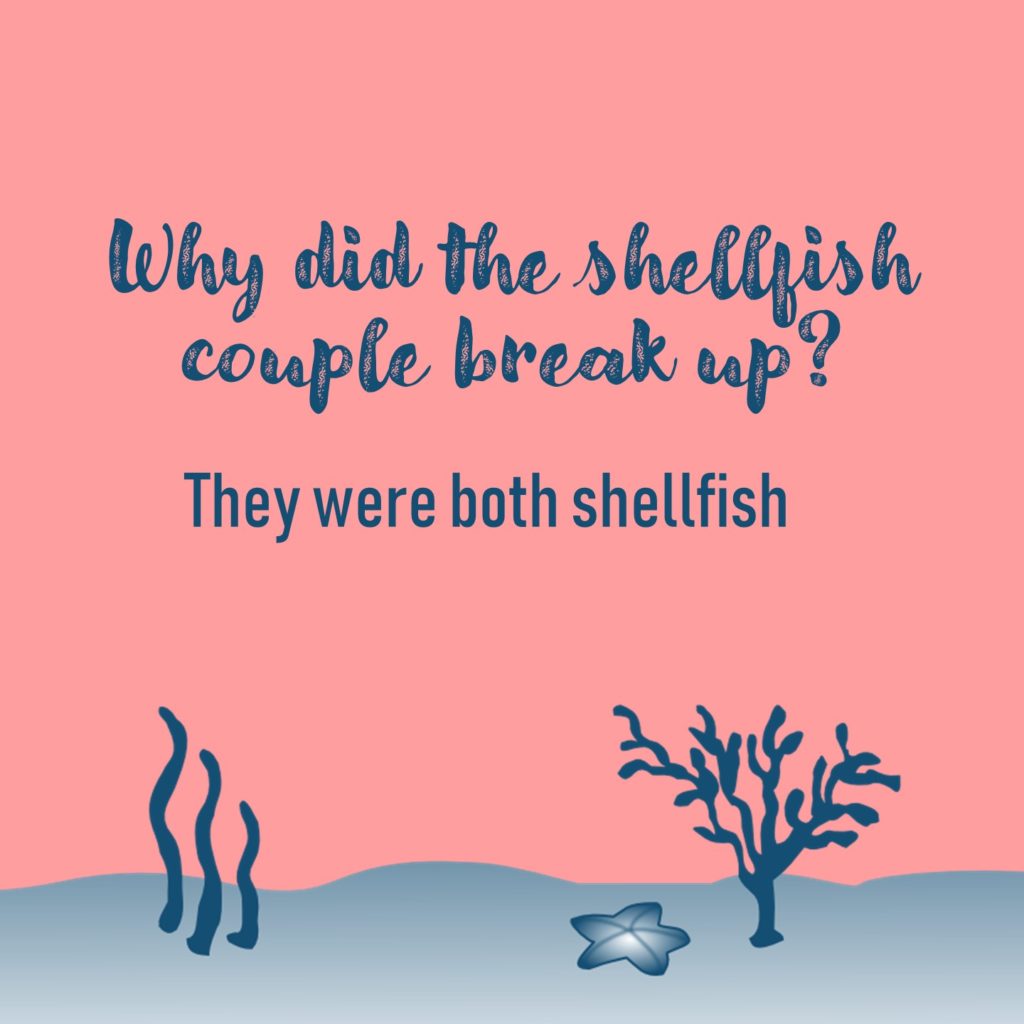
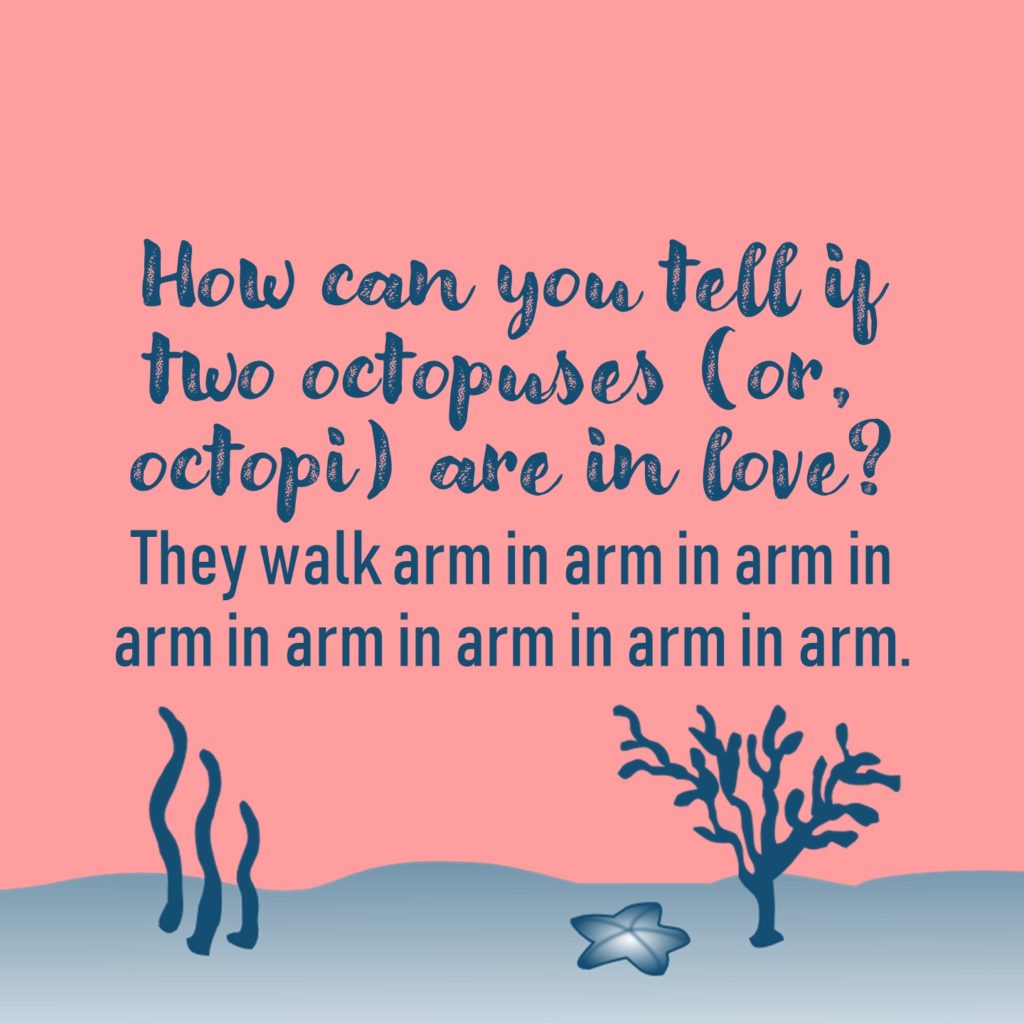
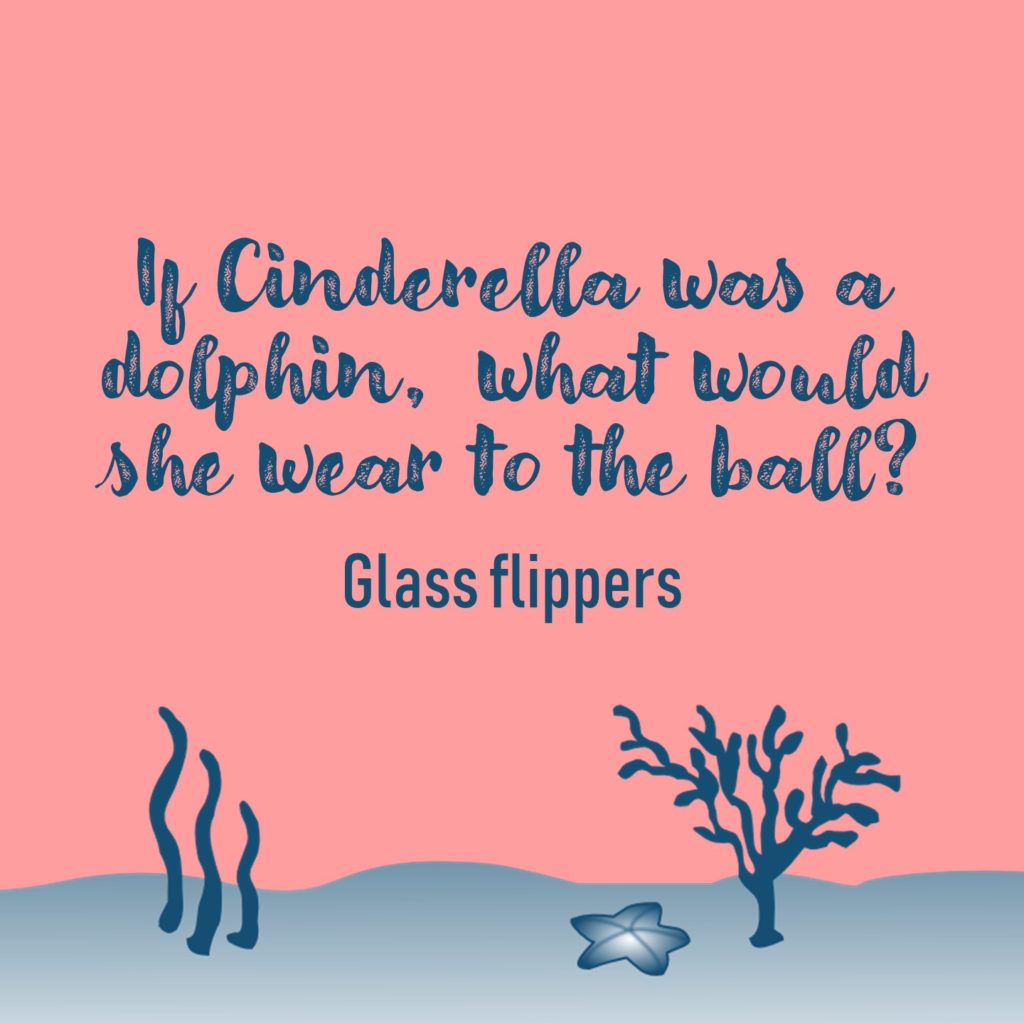

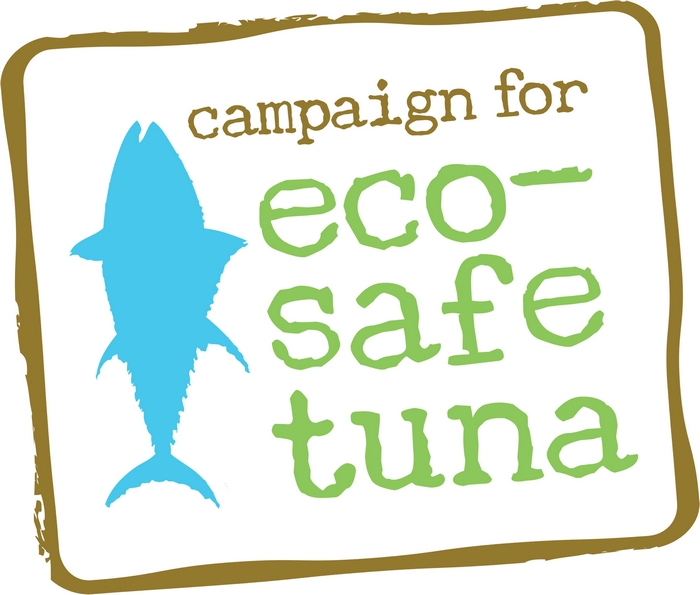


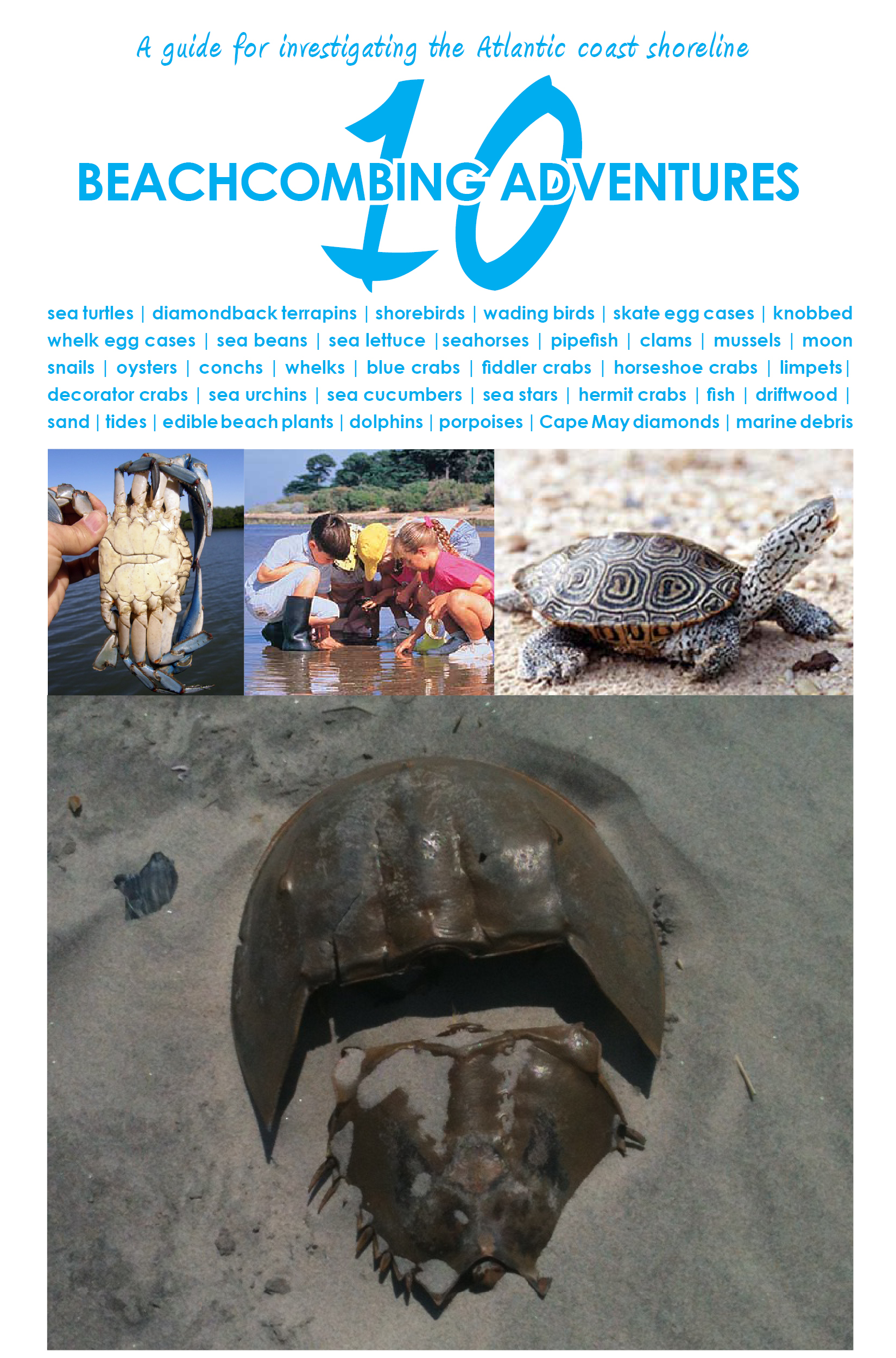
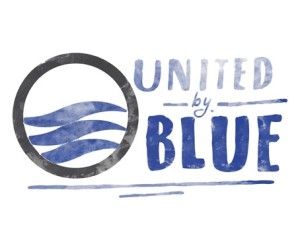
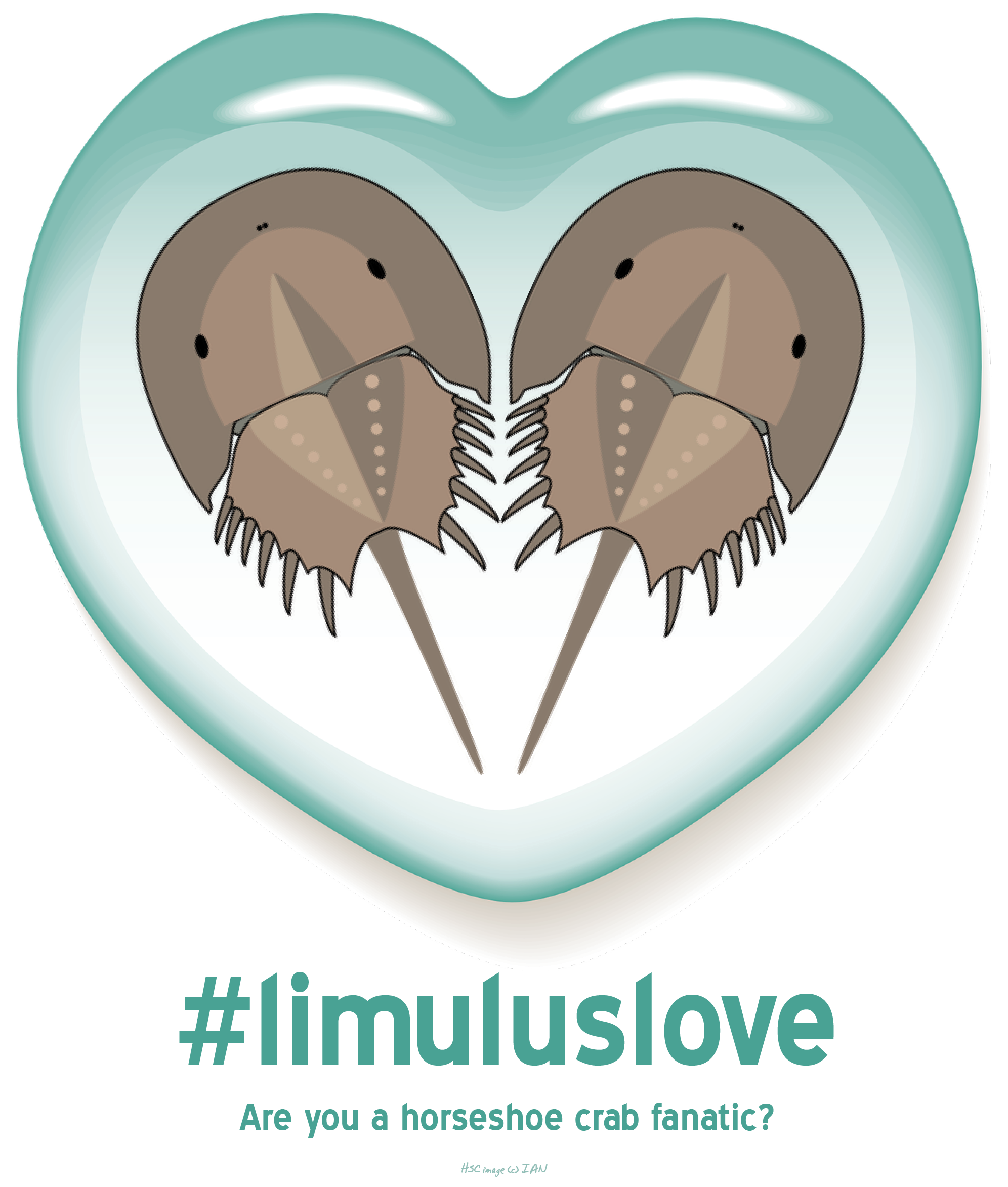
What people are saying …